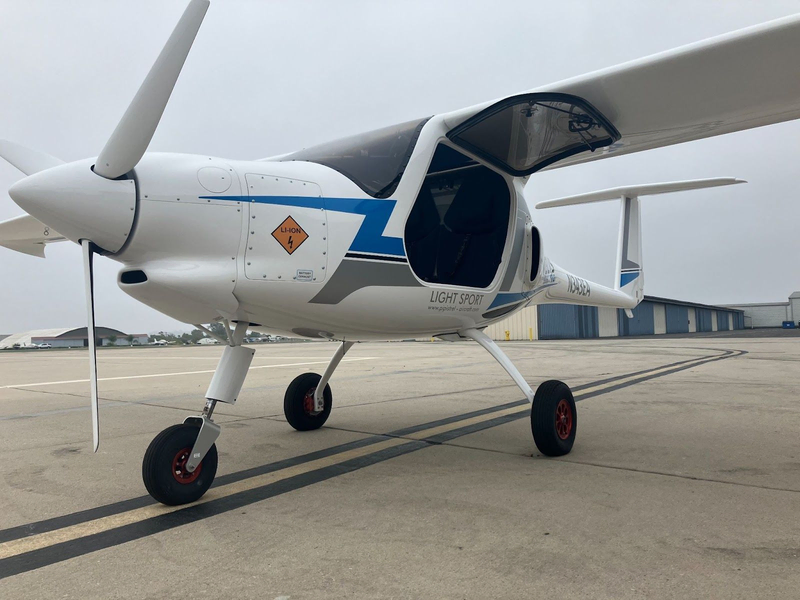
Virginia Tech developers and aviation leaders are working to bring automated and electric aircraft to Virginia in the future. But before the state dives into investments, it’s waiting on a study and the federal government to determine what it would need to do to get the new industry off the ground.
“Advanced air mobility has been on the minds of industry and some of the scientific minds like NASA and [the Federal Aviation Administration] for quite a while, and it’s getting to that point now where it’s becoming a reality,” said John Campbell Jr., one of the directors of the Virginia Department of Aviation.
What is advanced air mobility and why are officials interested in it?
Advanced air mobility is a term that refers to aircraft that are highly automated, more flexible than large commercial airplanes and usually electric. They include electric vertical takeoff and landing (eVTOL) aircraft, often referred to as air taxis. The concept has grown in popularity as a new way of offering travel and delivery services and reducing greenhouse gases.
The FAA has said such aircraft could help with transporting cargo and passengers, responding to emergencies and connecting to underserved and rural communities.
Because the technologies are new, regulations and infrastructure are still under development.
In June 2022, the U.S. joined countries including the United Kingdom, Canada, Australia and New Zealand to form the National Aviation Authorities Network, which is working to create certification criteria for the new forms of aircraft and plans for how to integrate them into the existing industry and airspace.
“Advanced air mobility has been on the minds of industry and some of the scientific minds like NASA and [the Federal Aviation Administration] for quite a while, and it’s getting to that point now where it’s becoming a reality,” said John Campbell Jr., one of the directors of the Virginia Department of Aviation.
What is advanced air mobility and why are officials interested in it?
Advanced air mobility is a term that refers to aircraft that are highly automated, more flexible than large commercial airplanes and usually electric. They include electric vertical takeoff and landing (eVTOL) aircraft, often referred to as air taxis. The concept has grown in popularity as a new way of offering travel and delivery services and reducing greenhouse gases.
The FAA has said such aircraft could help with transporting cargo and passengers, responding to emergencies and connecting to underserved and rural communities.
Because the technologies are new, regulations and infrastructure are still under development.
In June 2022, the U.S. joined countries including the United Kingdom, Canada, Australia and New Zealand to form the National Aviation Authorities Network, which is working to create certification criteria for the new forms of aircraft and plans for how to integrate them into the existing industry and airspace.












